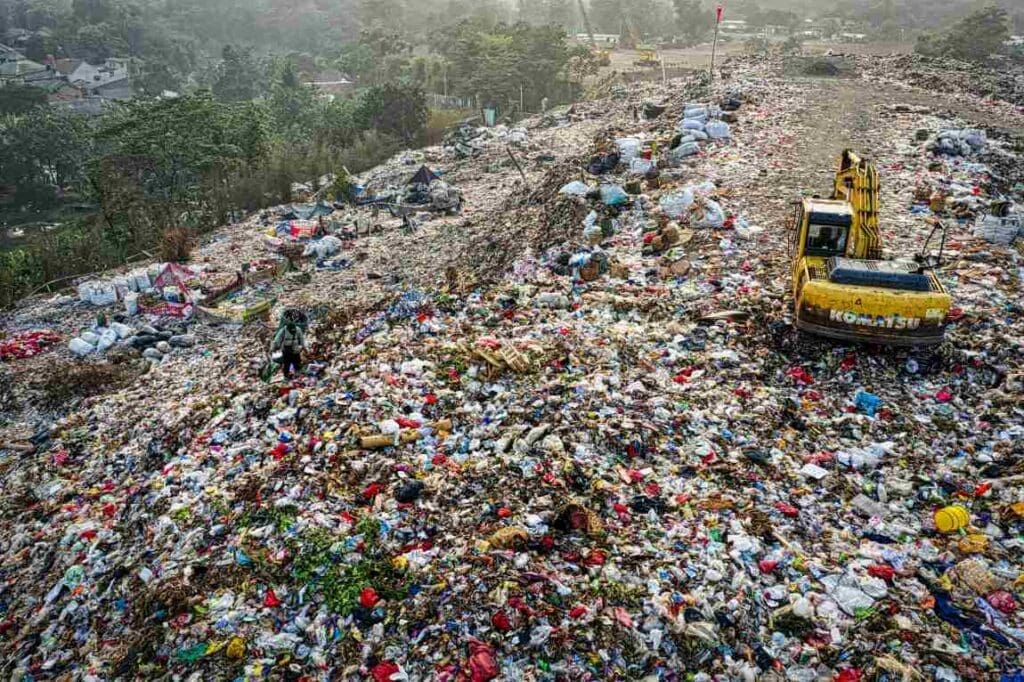As China faces mounting pressure to reduce its greenhouse gas emissions, a new paper from the University of California San Diego sheds light on the substantial obstacles ahead. The analysis highlights China’s ongoing reliance on coal, revealing a complex struggle to balance climate goals with economic stability and energy security.
China, which accounts for over half of global coal consumption, has seen a surge in coal plant construction and permitting – a trend that contradicts its stated commitment to gradually “phase down” coal.
According to paper author Michael Davidson, an assistant professor at UC San Diego, recent power shortages have spurred a renewed emphasis on energy security, underscoring the challenges of moving away from coal in a country heavily dependent on it.
“There is an increased focus on energy security in China – in 2021, the country experienced its worst power outages in decades, affecting 20 provinces,” Davidson explained. While China has managed to reduce its coal mining workforce by over two million in the past decade without major disruptions, Davidson warns that further reductions will be even more difficult. “The next two million are going to be a lot more challenging to cut.”
The paper suggests several measures to facilitate China’s energy transition, such as reinforcing market reforms, securing steady investments in renewable energy, and supporting affected communities, workers, and companies.
“The future of coal in China will depend on striking a balance between economic growth, energy security, and environmental sustainability,” Davidson said. “The findings of this study provide a roadmap for policymakers and researchers looking to navigate this complex transition.”
Published in WIREs Climate Change, the review paper synthesizes recent research on China’s dependence on coal, emphasizing the need for collaboration between government bodies, private enterprises, and international partners. With China responsible for over 20% of the world’s CO2 emissions from coal, the country’s energy choices hold global significance.
China has pledged to achieve carbon neutrality by 2060, which requires a dramatic shift in its energy portfolio. But coal remains deeply embedded in the nation’s economy, with an estimated 140 billion tons of reserves and millions of jobs tied to the sector. Coal thus continues to play a central role in China’s political and economic framework, presenting a formidable challenge to policymakers.
“China’s success in reducing its reliance on coal will be key to shaping the country’s future,” Davidson remarked, noting that coal not only drives China’s CO2 emissions but also fuels an air pollution crisis responsible for approximately 1.1 million deaths annually.
As China moves toward its climate targets, the paper stresses the importance of providing support to communities and workers in coal-dependent regions. Davidson observed: “It is important that workers and communities in legacy industries like coal aren’t left behind in the transition away from fossil fuels to alternative energy sources.”
While there are few successful international examples for transitions of this magnitude, Davidson believes that sharing knowledge and strategies with other countries could help China, and others, in tackling their reliance on coal.
Journal Reference:
Davidson, M. R., ‘Managing the decline of coal in a decarbonizing China’, WIREs Climate Change e918 (2024). DOI: 10.1002/wcc.918
Article Source:
Press Release/Material by University of California – San Diego
Featured image credit: Freepik




